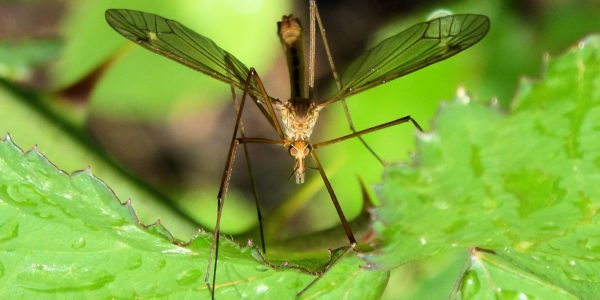Even though it’s not the most exciting part of your trip planning, taking the right precautions for disease prevention is another one of those necessary steps. With that said, one of the most confusing and worrisome can be Malaria. With different severities in different regions, and many different medications that can be taken at different lengths, it’s difficult to determine what the best option may be for your specific situation. Well we’re here to help! Let us walk you through the course of action to find the Malaria prevention that’s right for you.
#1: Is there even Malaria at your trip destination?
Find out the risks and potential Malaria exposure that is reported at your trip destination. With a full map of your itinerary, check the various areas you will be traveling to with the CDC (Center for Disease Control and Prevention) Malaria Table by Country. The following link will bring you to this useful tool!
Where should I look out for Malaria?
Take a look at where within the country you will be, whether it’s on the coast, towards the central thick of the jungle, or heading from city to city. Malaria risk can differ within a country, depending on where you’re traveling to, and what you’re doing. Once you’ve determined exactly where you may be exposed to a Malaria threat, it will be easier to determine the next course of action.
#2: How much am I at risk for Malaria?
Part of determining the best course of action is to make an individual assessment of the risks. After determining where you are going, ask yourself a couple more questions.What is the severity of the Malaria risk where you will be? How long will you be exposed to these areas? What will you personally be doing during the travel to these areas? After this, make an assessment on how Malaria, or Malaria medication may affect you. Are there any reasons you should be taking the medication, or you SHOULDN’T be taking the medication? There are many different factors to consider when making an individual assessment. For further information, please see the following link!
Is taking the Malaria medication what I should do?
#3: So I need to take some measures for Malarial prevention. What are my options?
If you’ve determined that Malarial prevention is necessary for your upcoming trip, then consider all of your options.
There are various general precautionary steps you can take:
- Insect Repellant
- Mosquito netting
- Appropriate clothing that leaves little skin bare
- Treat your clothing and outdoor gear with insect repelling product
Even if you are taking Malaria medication, using some of these travel tips to avoid mosquito bites from the beginning is an important part of disease prevention. For more tips and info, see the following link to the general protective measure:
Now after your personal risk assessment, you feel it’s the best option to find a prescription for the Malaria medicine. First thing to do is contact your local health care provider or a travel clinic. They will have the most up-to-date information about your various options, and will be able to determine what is best for YOU. Furthermore, they are the only one’s that can actually prescribe you the pills!
There are several medications available, all of which cater to different timelines, lifestyles, and health statuses. The following is a great table from the CDC that will outline your various options, and help you determine why you should or shouldn’t be taking a specific medication.
What Malaria Pill is right for YOU?
Once you’ve determined the appropriate medication for yourself, make sure you fit that prescription into your schedule, stay hydrated, and start packing!
#4: What do I do when I’m back from the trip?
You’re back from an amazing trip! You took all the appropriate precautions, and you feel great. It’s time to recap and take a look at those photos. So is it finally time to stop worrying about all those foreign diseases? Not quite…
Even though chances are, you did all the right things, and you skirted past any malaria exposure, make sure you play it safe and keep a look out for Malaria symptoms. The incubation period of Malaria is most often between 7 and 30 days. Some of the symptoms you want to keep any eye out for are the following:
- Fever
- Chills
- Vomiting, Nausea
- Enlargement of Spleen or Liver
As there are different forms of Malaria, and every person will react differently to such an exposure, make sure you contact a health provider immediately if you find any suspicious symptoms after you return from your trip.
The following is a link that will bring you to more information on potential Malaria symptoms:
Any more questions on what to do when dealing with Malaria prevention? Don’t hesitate to contact the expertise of a Yampu Travel Consultant!
Tags:

